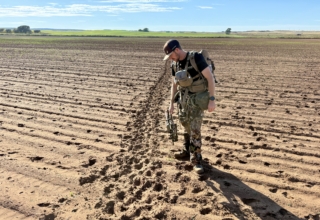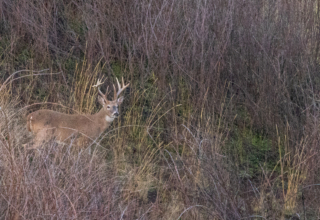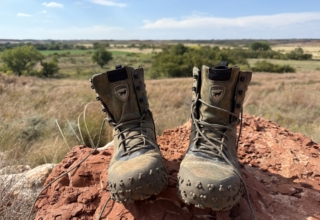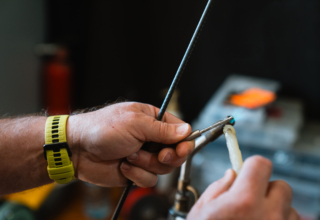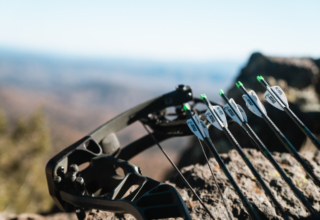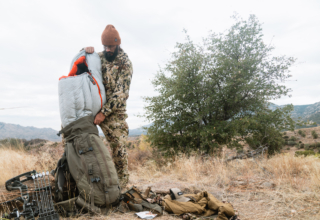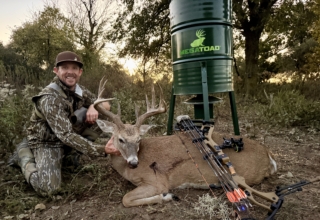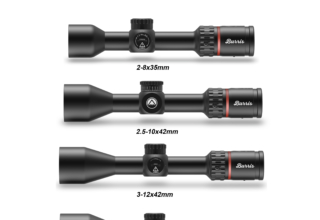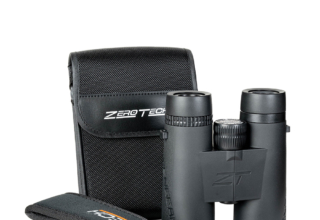If your goal is to live out of your backpack and harvest big-game animals far from the nearest road or trail, a top-end layering system is a must.
by Josh Kirchner
There’s only so much gear you can fit into a backpack. Therefore, what goes inside must be proven, trustworthy, and ultra-versatile. Your clothing is far from an exception here. And that’s where having a quality layering system goes a long way.
Not familiar with layering systems? Not to worry. I will break down a tried-and-true formula that you can lean on in all scenarios of backcountry hunting.
The Purpose of a Layering System
The purpose of the layering system isn’t to spend a lot of money on expensive clothing. It’s to develop a system engineered around moisture management.
By managing moisture, we can control whether we’re warm, cold, wet, or dry. A layering system is designed to move moisture away from our skin, breathe, insulate our body temperature, and protect us from the outer elements. It is a combination of clothing items that work together to accomplish this. By having a layering system like this, we can be comfortable in a wide range of climate conditions, which is the goal.
The Base Layer
Your layering system starts with a base layer. I’m not referring to the old cotton long johns you may have worn as a kid. Those get sweaty, don’t breathe, and will ultimately make you cold in the long run. You want a thin layer of fine fabric that is breathable but will help wick moisture away from your skin. The base layer is the core of your system.
A few features that make a good base layer are a hood, thumb loops, and comfort. The hood and thumb loops come in handy for protecting yourself from the sun. The thumb loops also keep the sleeves from riding up the arm.
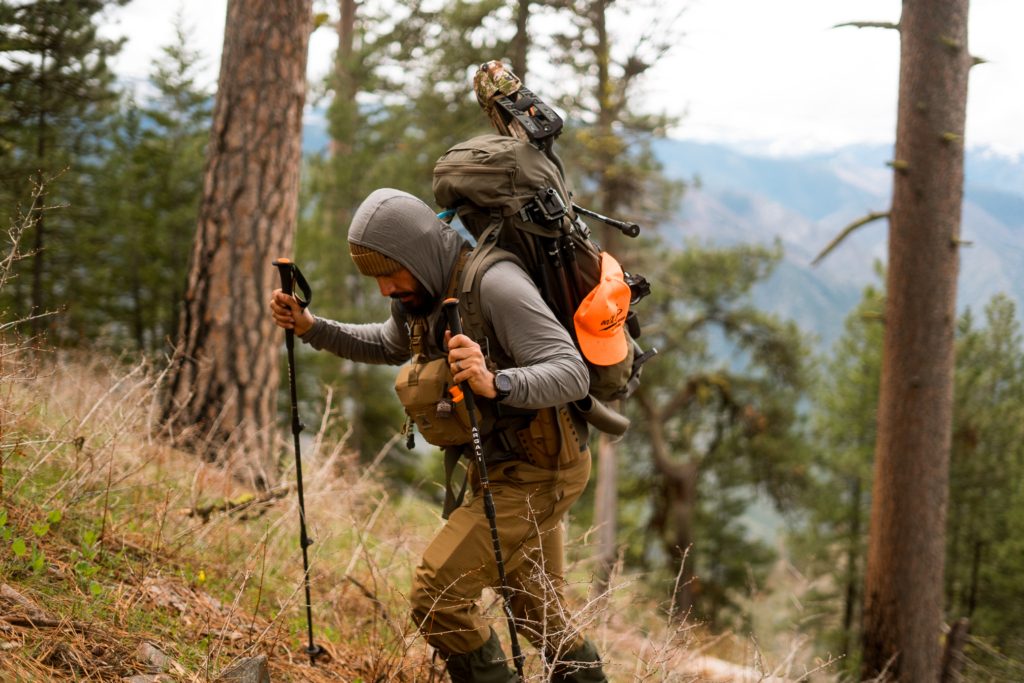
There are two primary materials for comfort: merino wool and synthetic. The comfort side of things here seems to be a personal preference between the two. Aside from comfort, each has its own pros and cons. Merino is antimicrobial and retains 80 percent of its insulation when soaking wet, and synthetics dry faster and are much more durable.
For base layer bottoms, a clutch feature is them being zip-offs. This makes removing them super easy without having to take your boots or pants off.
The Mid-Layer
The second line of defense in moisture management is your mid-layer. A mid-layer is an extra bit of insulation that isn’t quite a jacket—something a little bit thicker than your base layer. And even though I love them, I’m not referring to your old red and black checkered flannel. A quality mid-layer is a technical piece of hunt clothing that should not only provide some insulation but also help transfer moisture from your base layer into the air. Remember, all the pieces of the layering puzzle should work together.
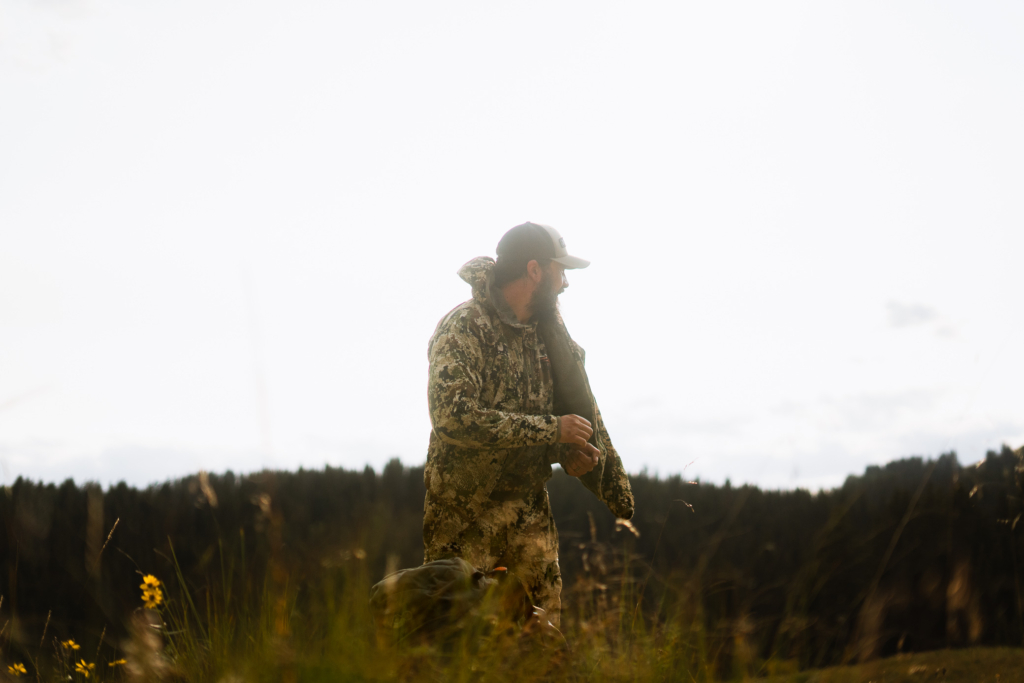
As for features, I look at a mid-layer as a base layer 2.0. Mid-layers can be used to protect your base layer when brush busting, so they should be durable. Grid fleece is a great option for this. It’s tough and warm. You could also go the route of a little bit thicker merino. My personal go-to at the moment is what’s called active insulation. The purpose of this is to keep you warm when you’re stagnant but breathe when you’re moving.
The Insulation Layer
Our bodies are 98.6 degrees Fahrenheit. With a little help, we can be our own ultimate on-the-go heaters. And the name of that help is an insulation layer—a piece of clothing made to trap our body heat and shield it from the cold outside air. Of course, this is better known as a jacket, but not just any run-of-the-mill jacket off the shelf—a jacket packed with warmth through technology.
Insulation layers are more commonly known as puffy jackets. They typically excel in warmth and lack in weight. A few things I look for in a sound insulation layer are a hood and DWR coating, and it needs to be ultralight/packable. The hood will help immensely warm your noggin and protect you from the wind. A DWR coating will add versatility, acting as an extra shield against rain and allowing you to not run immediately for your rain gear. And lastly, you do not want an insulation layer that takes up your entire backpack when you put it away. I don’t want to know I have an insulation layer with me until I need it, which calls for a weight and bulk reduction. Remember, we are backpack hunting here, and pack space is gold.
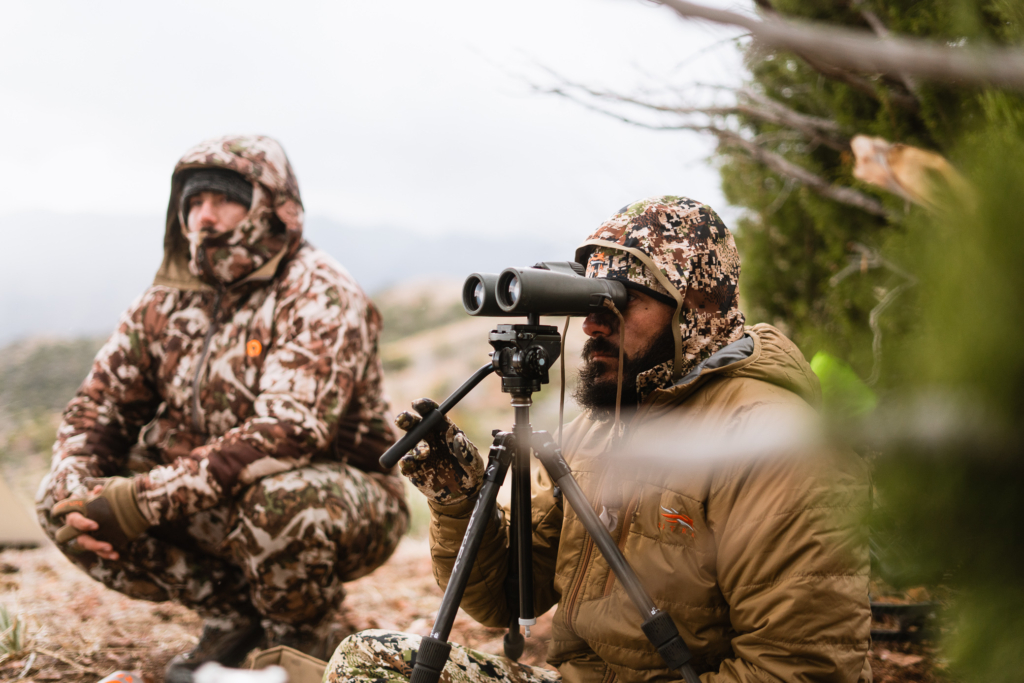
In terms of material, you’ll have to choose between down and synthetic. I’ve personally used both and have had great luck with them. Down seems to be more packable across the board, but the downside is that if you get it wet, the insulation is rendered useless. Synthetics are not quite as packable, although technology is catching up here, but they aren’t completely useless when wet.
Rain Gear In The Layer Kit
The last piece in a layering kit is rain gear. This stuff has one purpose: to keep you dry when Mother Nature decides to shed some water weight. Because of that, many people sometimes leave rain gear in the truck. But if you’re going backpack hunting, you never know what the weather will do in the mountains. When you need rain gear, you really need it.

Regarding rain gear, a few standout features are always on my radar. First, the pants need to have full-length side-zips. This makes taking them off and putting them on so much easier. Those zippers also offer a way into your pants pockets and can release heat trapped inside heat if needed. Two, there needs to be some durability. We use rain gear as a seat when we sit on wet ground to eat. We go through soaked brush with it, etc. Lastly, like insulation, rain gear needs to be ultralight and packable. No exceptions.
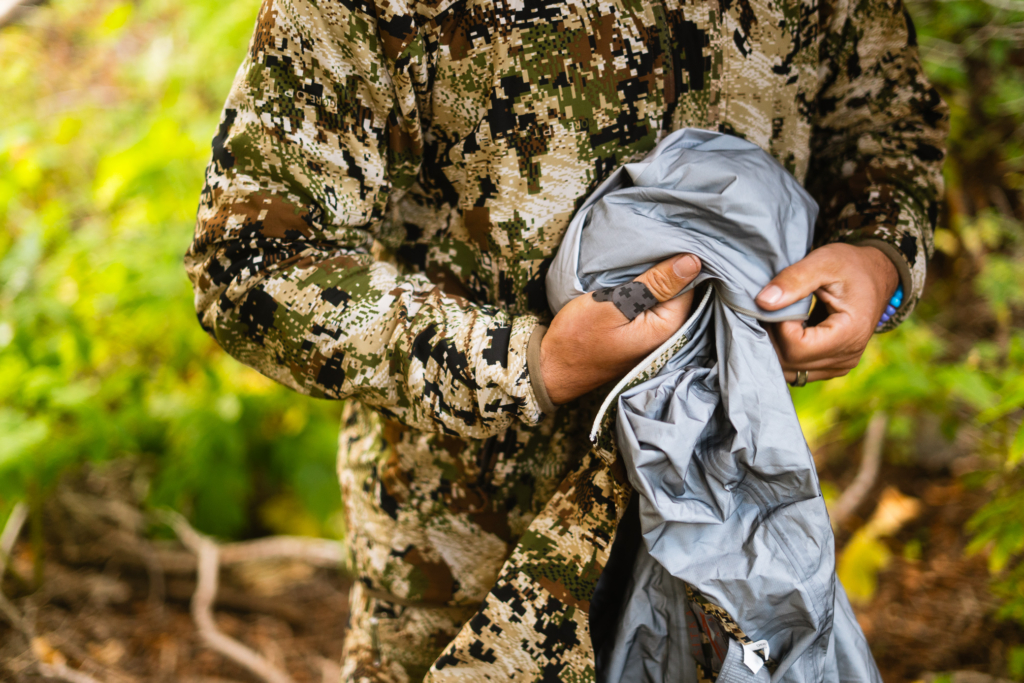
Sidenote: Along with being a shell from the rain, I’ve also used rain gear as a wind blocker, protection from bugs, and to sit on in the snow or wet ground.
Specialized Layering Additions
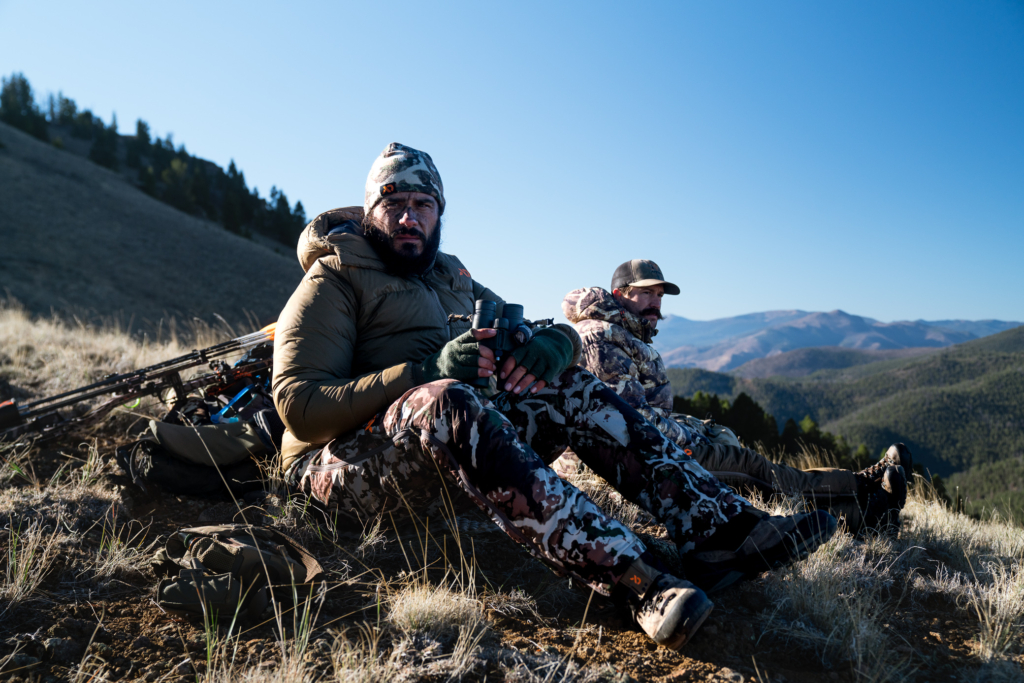
Along with what’s here, there are a few specialized additions to consider. One is puffy pants. They are a game changer for long sits behind the binoculars in cold weather. Another one is a dedicated windstopper. Throw this on underneath your insulation layer to keep you even warmer. Lastly, a good pair of gloves and a comfortable beanie go a long way.
One Layering System – A Ton of Adventure
What I’ve laid out here is meant to act as a foundation for you to stand on. Build upon this layering system as you will for your backpack hunts and run with it. Throughout your time, you’ll find what works and what doesn’t work for you. We’re all on our own journey as backcountry hunters and face different challenges. Learn from it and enjoy the ride.


